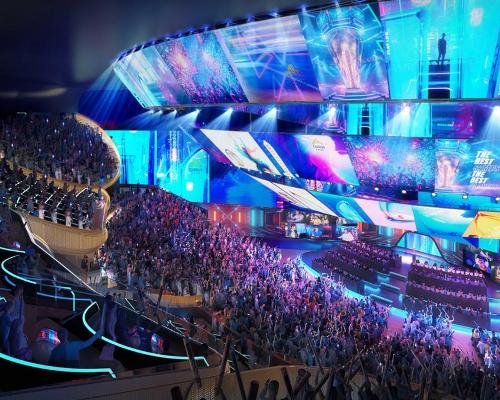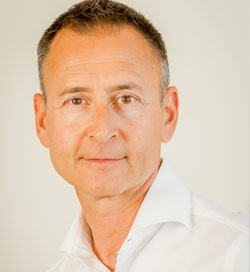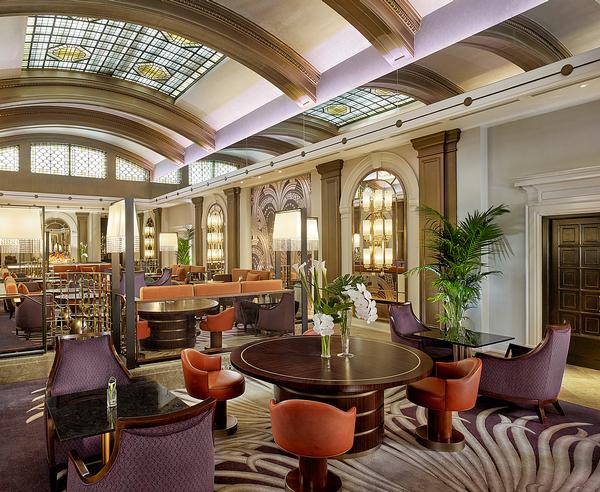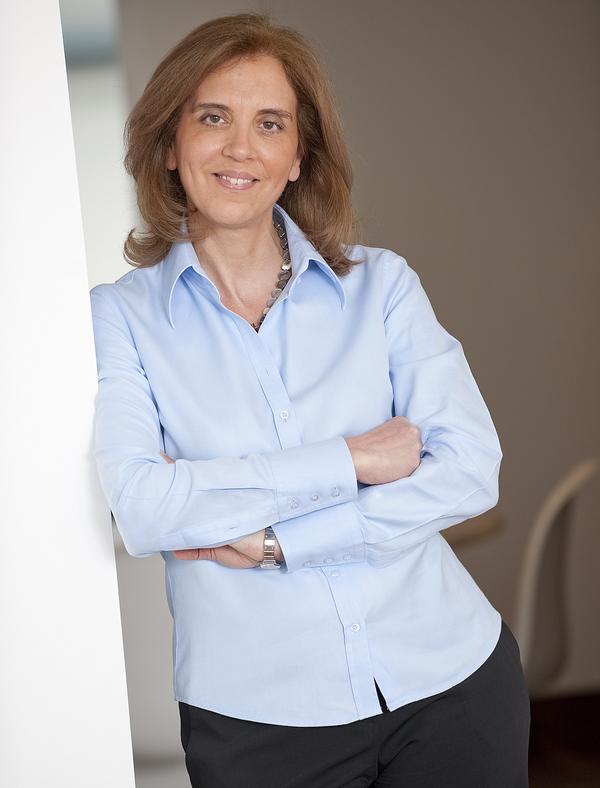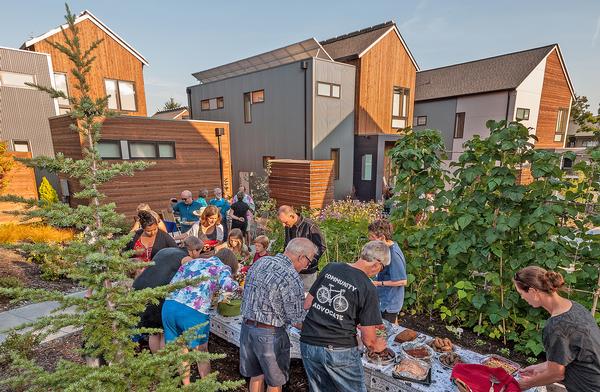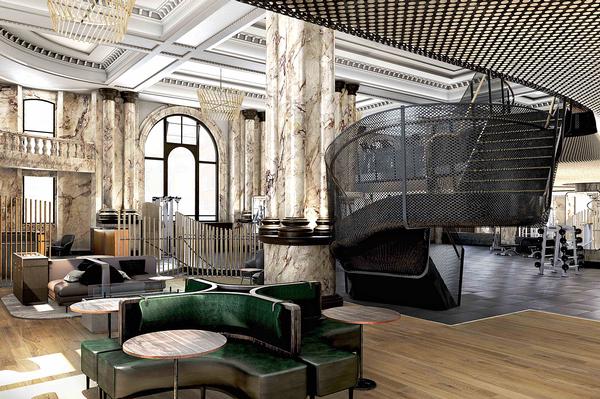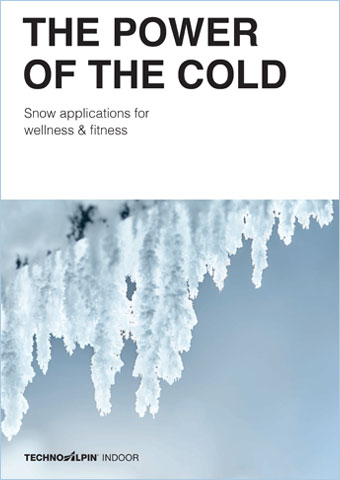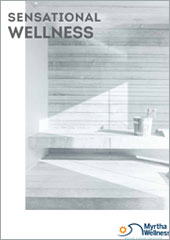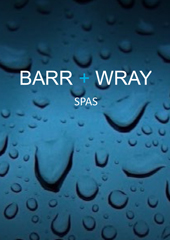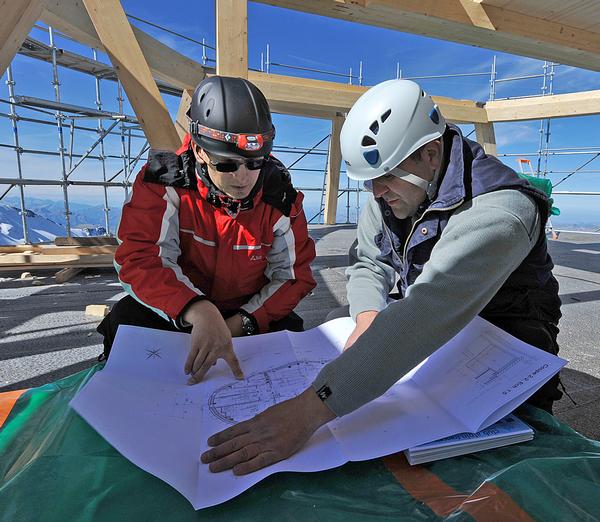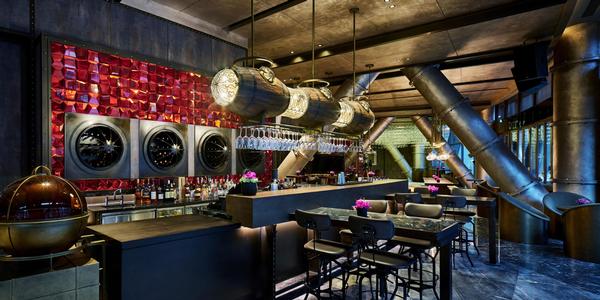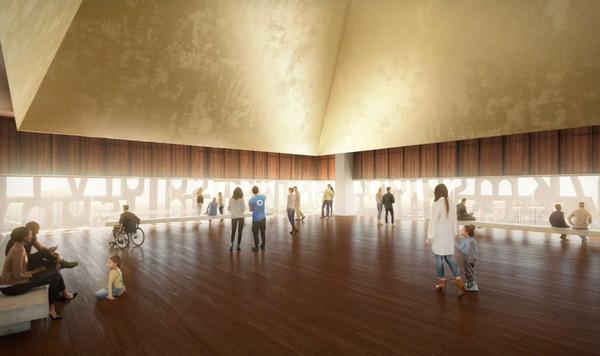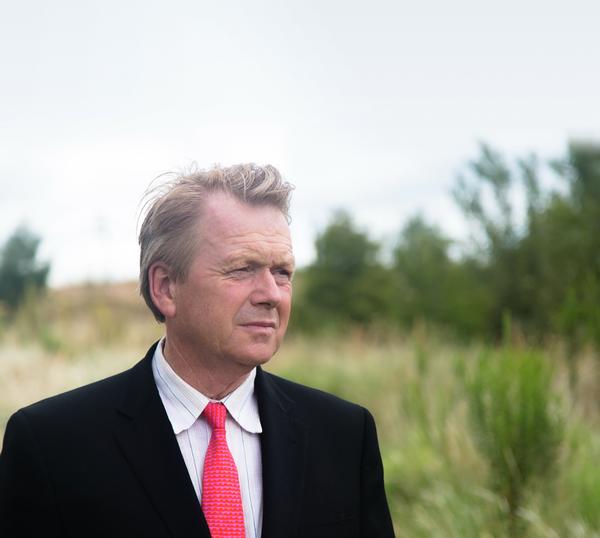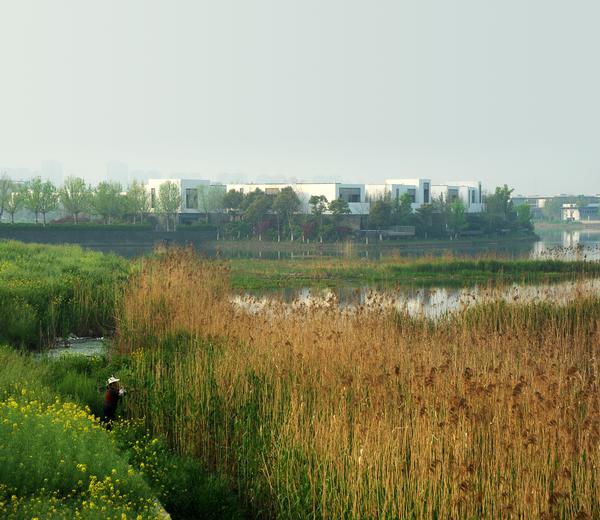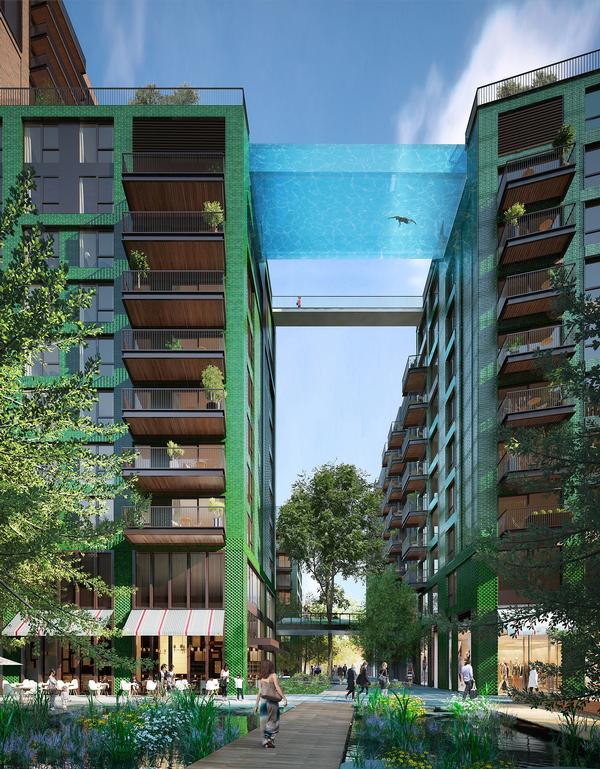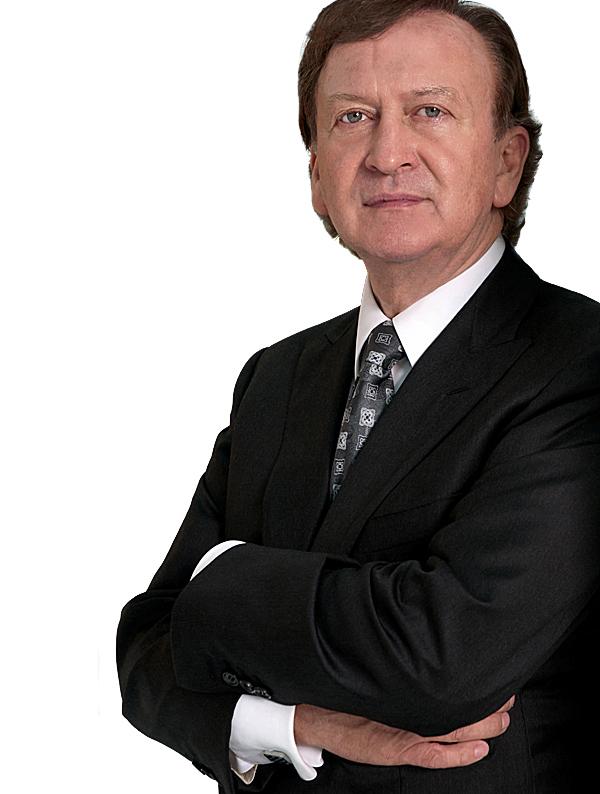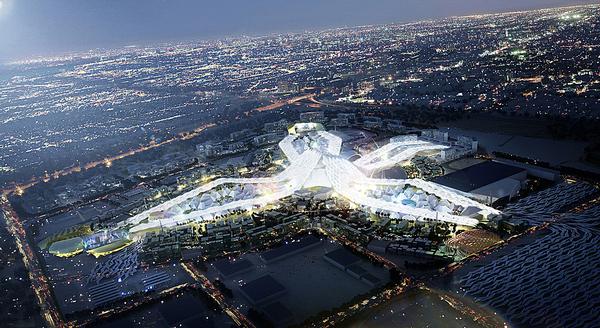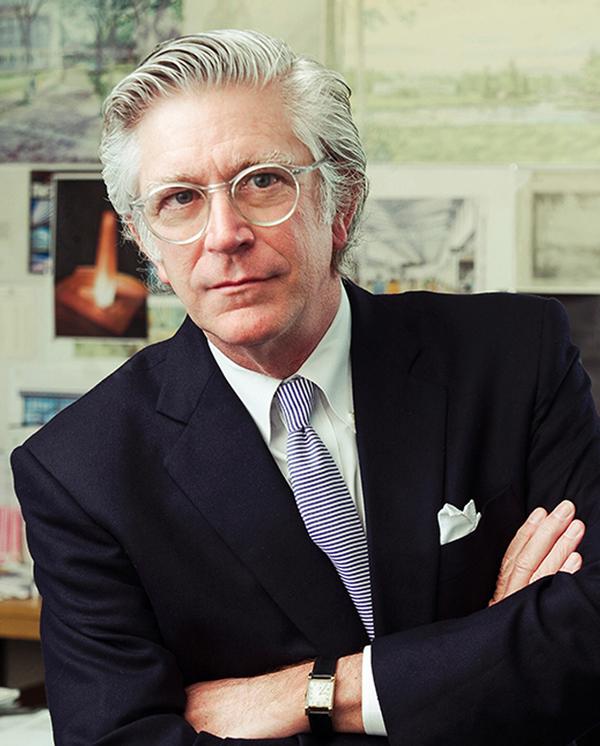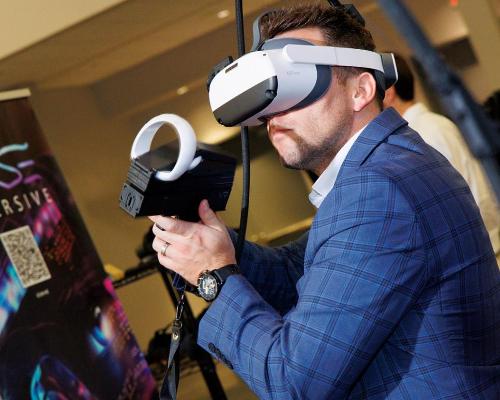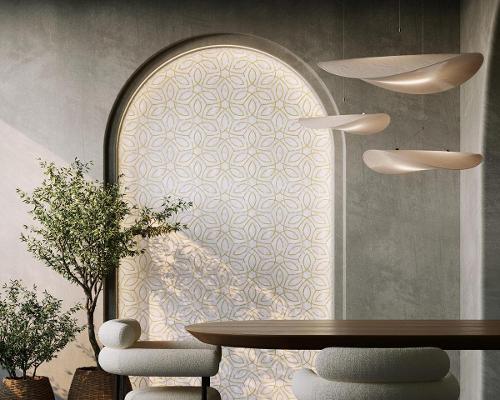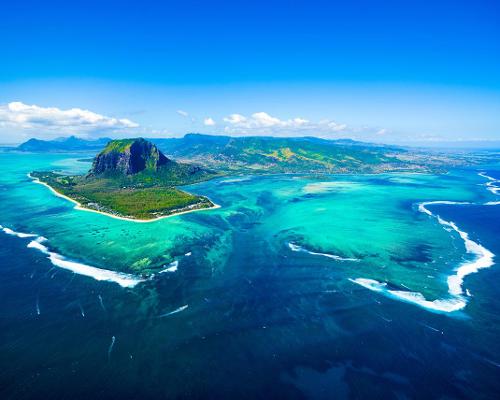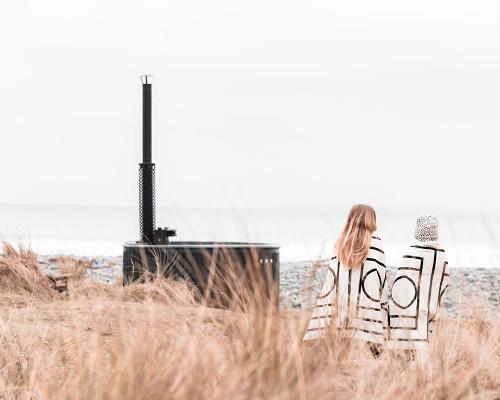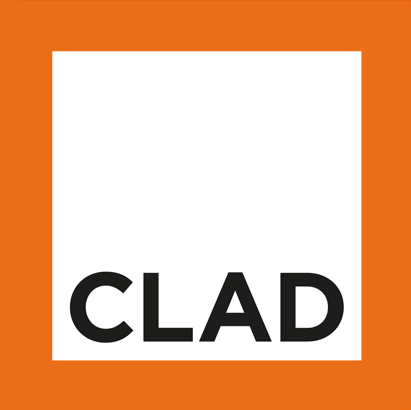What three things are necessary to be considered a 'wellness community'?

– Mia Kyricos
The Global Wellness Institute’s Wellness Communities Initiative has written a white paper to address critical issues surrounding the fast-growing wellness real estate market – estimated by the GWI to be a US$100bn (€90bn, £81bn) global marketplace.
The initiative focuses on communities developed with proactive health and wellness, ecological sensitivity and social connectivity in mind, and the paper seeks to define what makes something a wellness community, what the minimum criteria to deem a community ‘well’ are, and what measures should be considered when attempting to attract, justify or measure investment in wellness real estate.
“This is an industry first that offers a baseline definition of what a wellness community is, inclusive of global perspectives from pioneers in the space,” said Initiative chair Mia Kyricos, who is also founder of strategic advisory firm Kyricos & Associates. “We hope it will both inform and attract research and investment in the greater wellness lifestyle real estate sector, already sized at $100bn and growing.”
Kyricos said the report has been written with a wide, cross-functional audience in mind, including owners, developers and operators in real estate, hospitality, wellness and sustainability sectors.
In the paper, the initiative defines a wellness community as “communities and buildings proactively developed with the holistic health of its residents, guests, environment – both natural and built – and local community in mind.”
It sets minimum criteria that are recommended in order to deem a community ‘well,’ including:
• Environmental consciousness, demonstrated by sustainable development and operating practices
• Holistic health and wellness demonstrated by offering residents opportunities via soft programmes and facilities – whether indoor or outdoor – to proactively take care of themselves and enhance their overall quality of life and wellbeing
• Social connections demonstrated by both physical and programmatic elements that foster intergenerational socialisation and connectivity among fellow residents.
The initiative committee also outlined 11 additional criteria that may be considered in defining a community as ‘well.’
“Ultimately, there’s a shift taking place in the wellness industry where we are no longer talking about just the places we visit, but also where we hope to live, and with that comes the opportunity to leverage everything we’ve learned to date,” said Kyricos.
The paper makes note of the fact that while many communities have started to embrace the principles of wellbeing, often the offerings are “thin and seemingly related more to marketing and actual product.”
The initiative hopes to change that – starting with this paper – by driving a more holistic viewpoint during the initial planning stages of any residential project, said Kyricos.
The Wellness Communities Initiative is one of 16 Initiatives launched by the GWI earlier this year.
The Initiative includes 12 other members from across the world, including Kara Bauer, Mexico; Anna Bjurstam, Sweden; Alfredo Carvajal, US; Gloria Caulfield, US; Lisa Clarke, US; Samantha Foster, Thailand; Andrew Gibson, UAE; Ben Gill, UK; Kevin M. Kelly, US; Steve Nygren, US; Robert Ranzi, Austria; and Brooke Warrick, US.
Kryicos will present more on the Initiative and the white paper at the upcoming Global Wellness Summit in Tyrol, Austria, 17-19 October.
Wellness communities architecture wellness Mia Kyricos Global Wellness Institute Wellness InitiativesHow the Global Wellness Institute is looking to create wellbeing through architecture
Can placemaking help architects create wellness communities?
GWI outlines 16 wellness initiatives to solve key industry issues


Equinox Hotels to launch futuristic wellbeing resort in Neom's luxury coastal region

La Maviglia resort and medi-spa launching in Puglia in 2027, designed by Oppenheim Architecture

Vogue launches first Global Spa Guide – picks 100 of the world’s best spas

Japan's first Blue Zones longevity retreat to launch at Halekulani Okinawa

Total Fitness to launch purpose-built Women’s Gym

Deepak Chopra-backed wellness resort Ameyalli to open among historic Utah hot springs
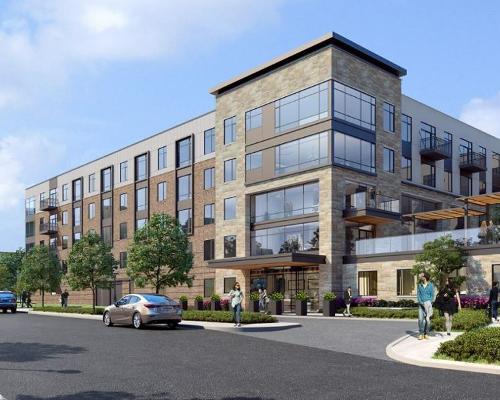
Life Time Group Holdings does US$40 million sale and leaseback deal to fund growth
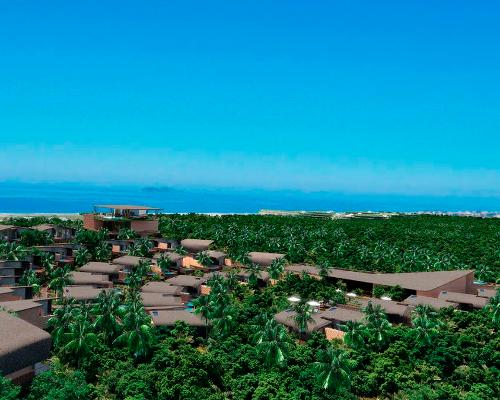
Ritz-Carlton Reserve to land in South America with tropical retreat in Rio de Janeiro
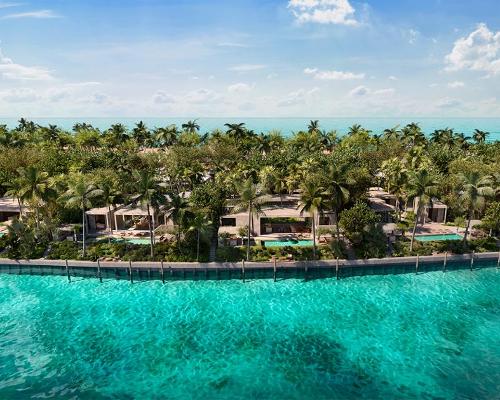
Banyan Tree to debut in Caribbean with Oppenheim-designed island retreat
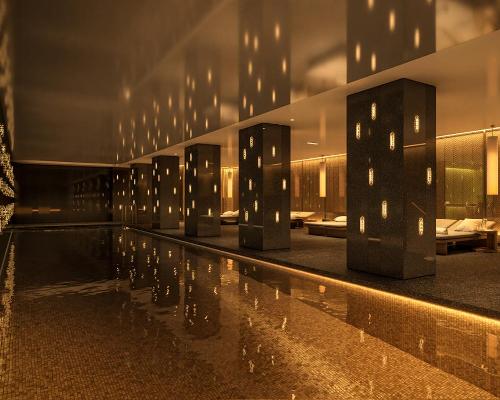
Mandarin Oriental’s new London hotel and urban spa retreat opening 3 June
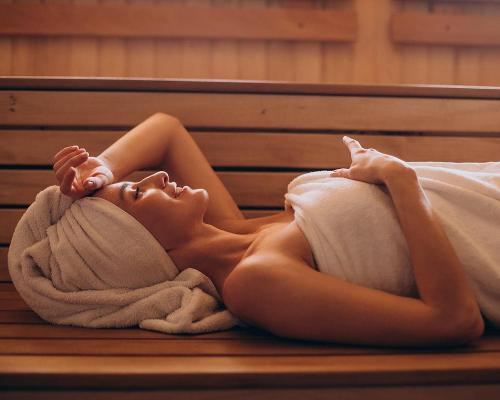
GWI unveils latest edition of Hydrothermal Spa & Wellness Development Standards to elevate industry practices

Merlin unveils record-breaking Hyperia coaster at Thorpe Park
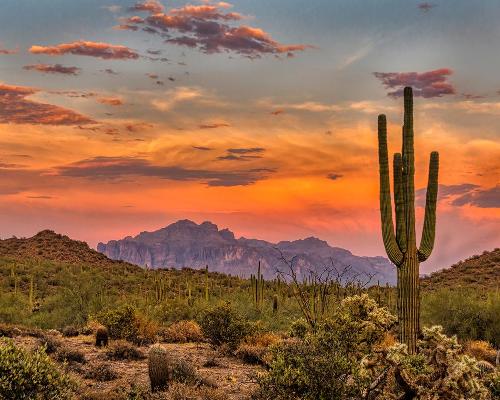
Connection, creativity and nature inspire Arizona’s upcoming desert wellness sanctuary Align
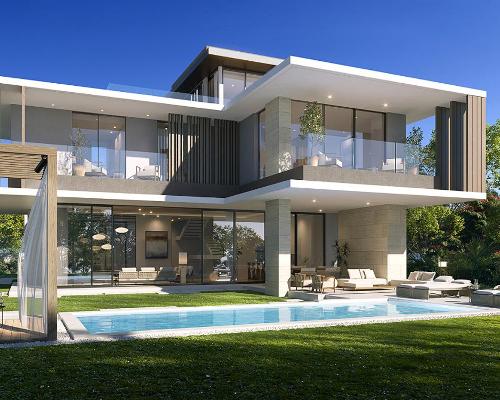
Wellness real estate market booming – forecast to reach $913bn by 2028, reports GWI
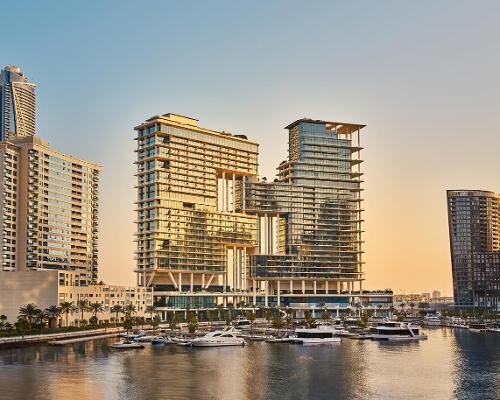
UAE’s first Dior Spa debuts in Dubai at Dorchester Collection’s newest hotel, The Lana
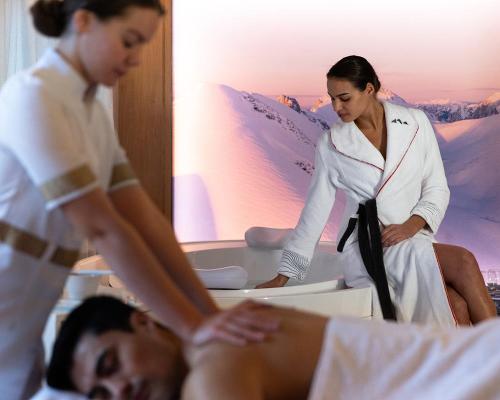
Europe's premier Evian Spa unveiled at Hôtel Royal in France
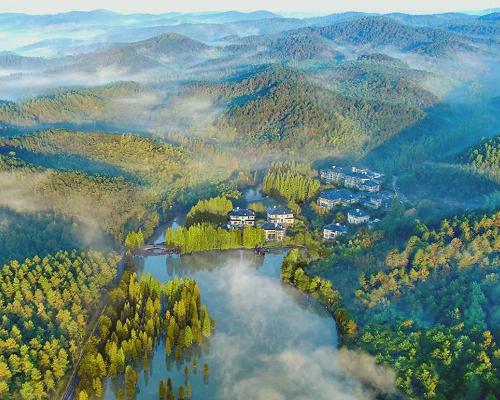
Clinique La Prairie unveils health resort in China after two-year project
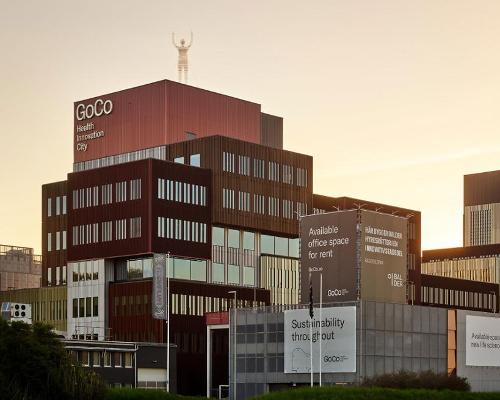
GoCo Health Innovation City in Sweden plans to lead the world in delivering wellness and new science
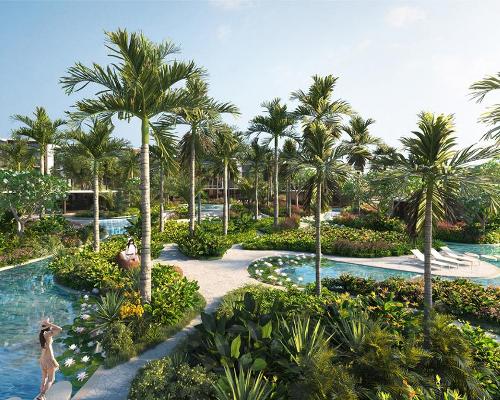
Four Seasons announces luxury wellness resort and residences at Amaala
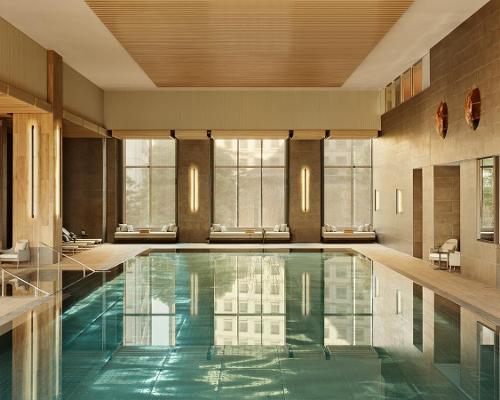
Aman sister brand Janu debuts in Tokyo with four-floor urban wellness retreat
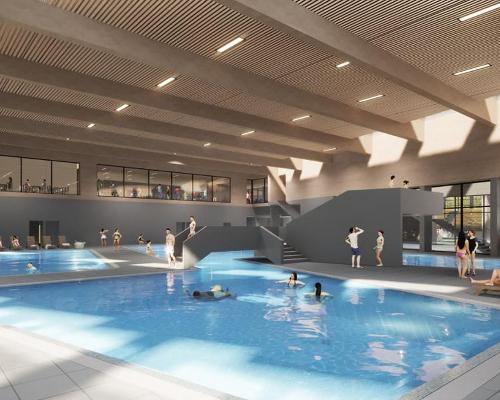
€38m geothermal spa and leisure centre to revitalise Croatian city of Bjelovar
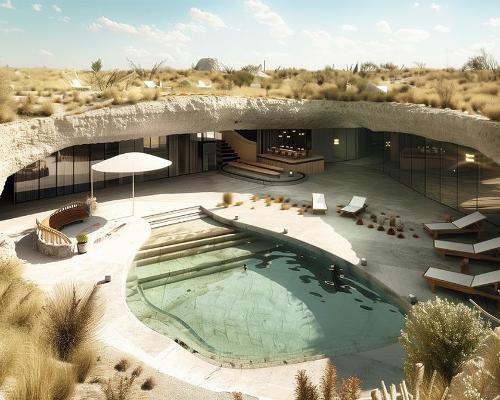
Two Santani eco-friendly wellness resorts coming to Oman, partnered with Omran Group
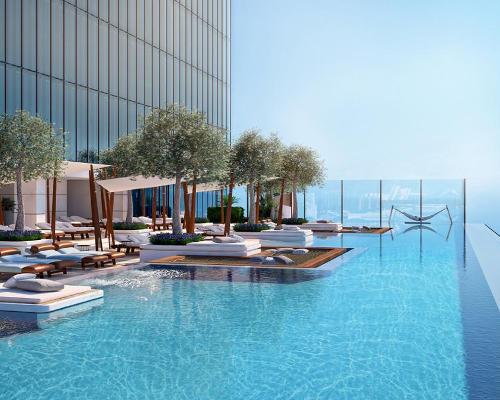
Kerzner shows confidence in its Siro wellness hotel concept, revealing plans to open 100
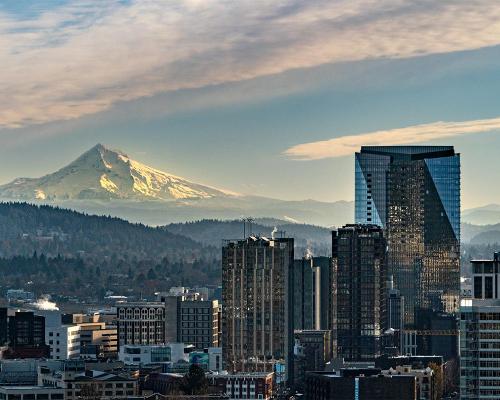
Ritz-Carlton, Portland unveils skyline spa inspired by unfolding petals of a rose
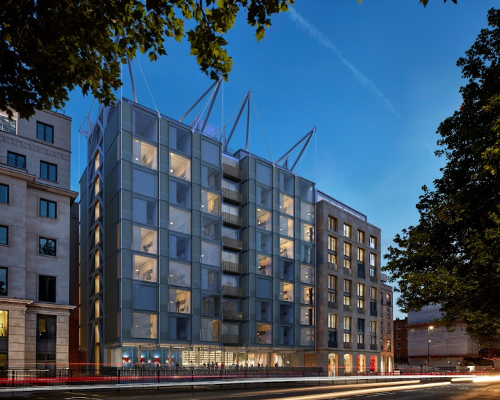
Rogers Stirk Harbour & Partners are just one of the names behind The Emory hotel London and Surrenne private members club
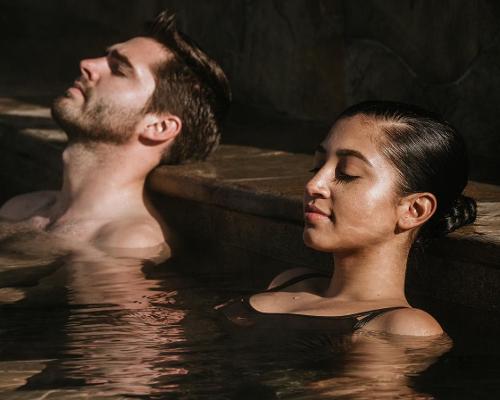
Peninsula Hot Springs unveils AUS$11.7m sister site in Australian outback
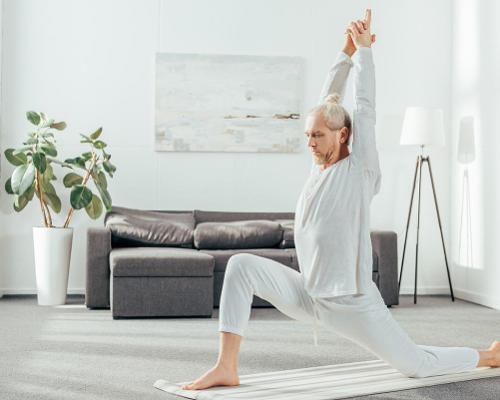
IWBI creates WELL for residential programme to inspire healthy living environments
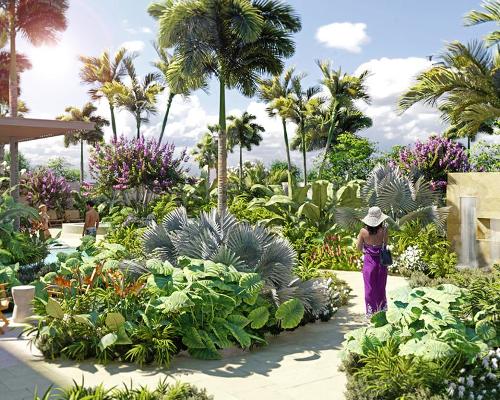
Conrad Orlando unveils water-inspired spa oasis amid billion-dollar Evermore Resort complex
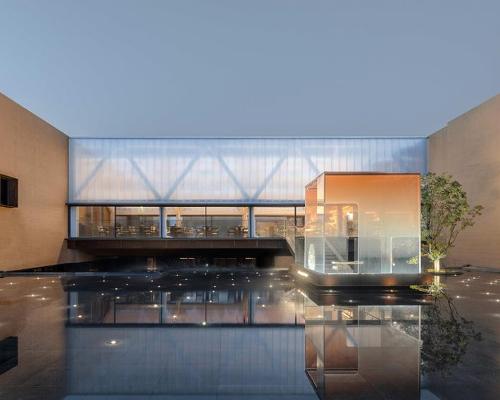
Studio A+ realises striking urban hot springs retreat in China's Shanxi Province
